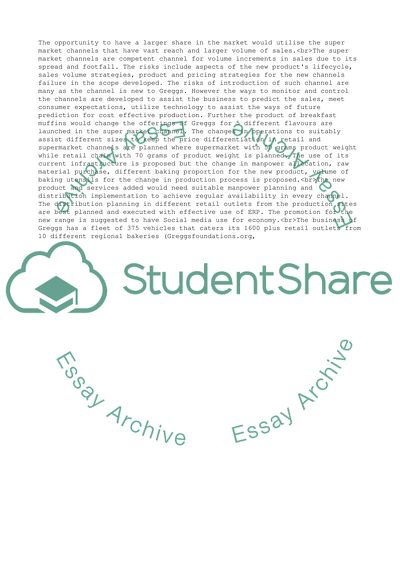Cite this document
(Detailed analysis of GREGGS and improvement opportunity Essay - 1, n.d.)
Detailed analysis of GREGGS and improvement opportunity Essay - 1. https://studentshare.org/business/1860434-detailed-analysis-of-greggs-and-improvement-opportunity
Detailed analysis of GREGGS and improvement opportunity Essay - 1. https://studentshare.org/business/1860434-detailed-analysis-of-greggs-and-improvement-opportunity
(Detailed Analysis of GREGGS and Improvement Opportunity Essay - 1)
Detailed Analysis of GREGGS and Improvement Opportunity Essay - 1. https://studentshare.org/business/1860434-detailed-analysis-of-greggs-and-improvement-opportunity.
Detailed Analysis of GREGGS and Improvement Opportunity Essay - 1. https://studentshare.org/business/1860434-detailed-analysis-of-greggs-and-improvement-opportunity.
“Detailed Analysis of GREGGS and Improvement Opportunity Essay - 1”. https://studentshare.org/business/1860434-detailed-analysis-of-greggs-and-improvement-opportunity.


